A Sea of Fog Completely Filled the Grand Canyon
Known as total cloud inversion, the weather phenomenon is quite rare—and spectacular
Visitors hoping to take in the spectacular sights of the Grand Canyon on Thursday, December 11, were treated to a rare spectacle as a sea of fog filled the vast canyon. The phenomenon, known as "total cloud inversion," happens when a layer of cold air at the base of the canyon is trapped by a layer of warmer air above. When conditions have been especially wet—as they were Thursday due to days of rain—cold night temperatures cause condensation to occur in the lower level of cold air, creating a layer of fog "trapped" in the canyon due to the warmer air above it. When conditions are just right and winds are absent, the fog can remain for a few days.
Total inversions are rare, happening only once every several years, according to the National Weather Service. The last total inversion happened last year in early December—making this year's repeat all the more spectacular.
Below, check out a time lapse video, created by the National Parks Service, showing the total inversion taking place.
/https://tf-cmsv2-smithsonianmag-media.s3.amazonaws.com/accounts/headshot/natasha-geiling-240.jpg)
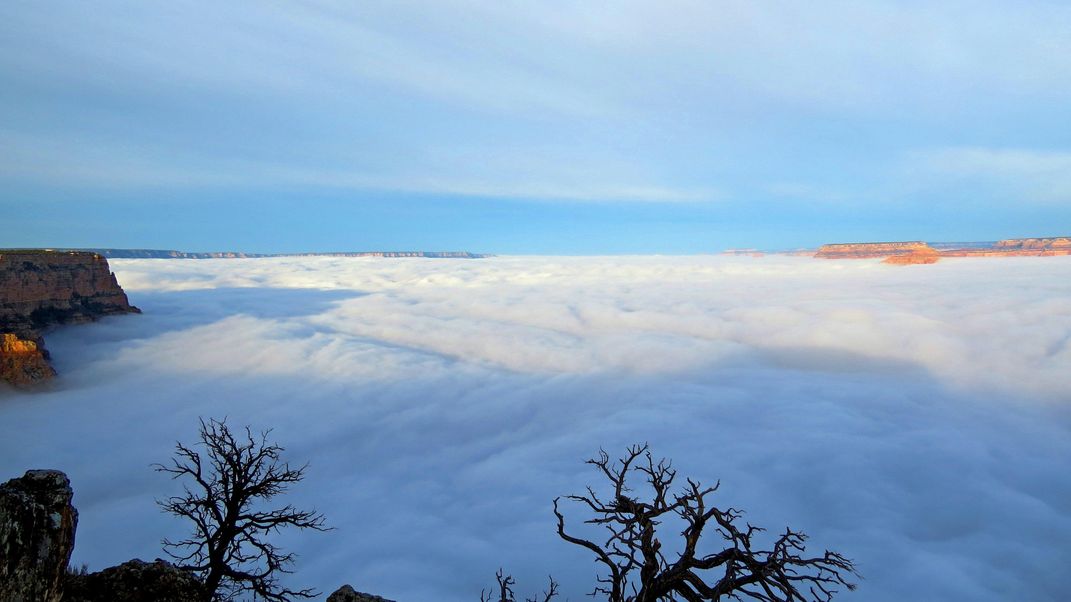
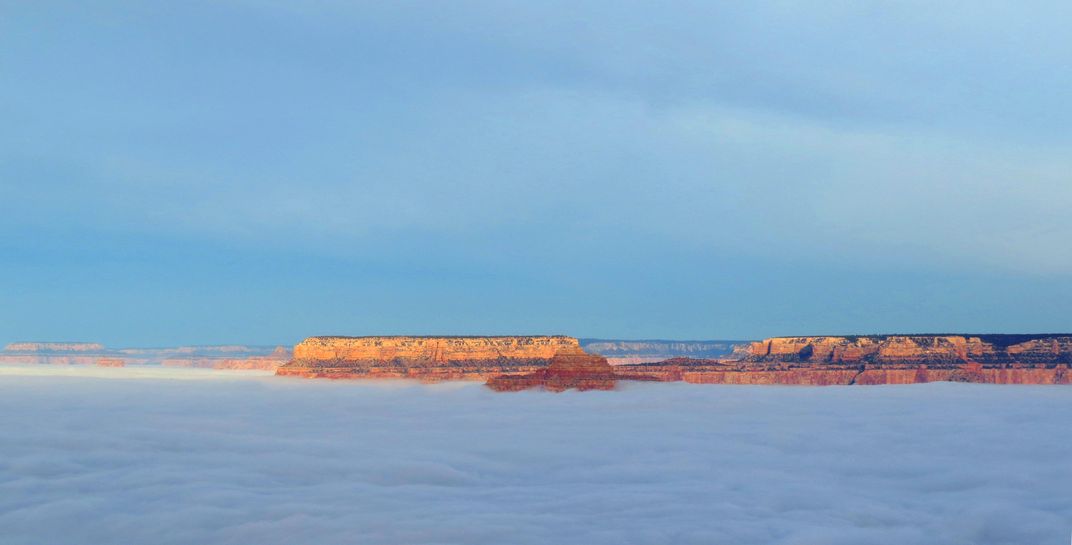
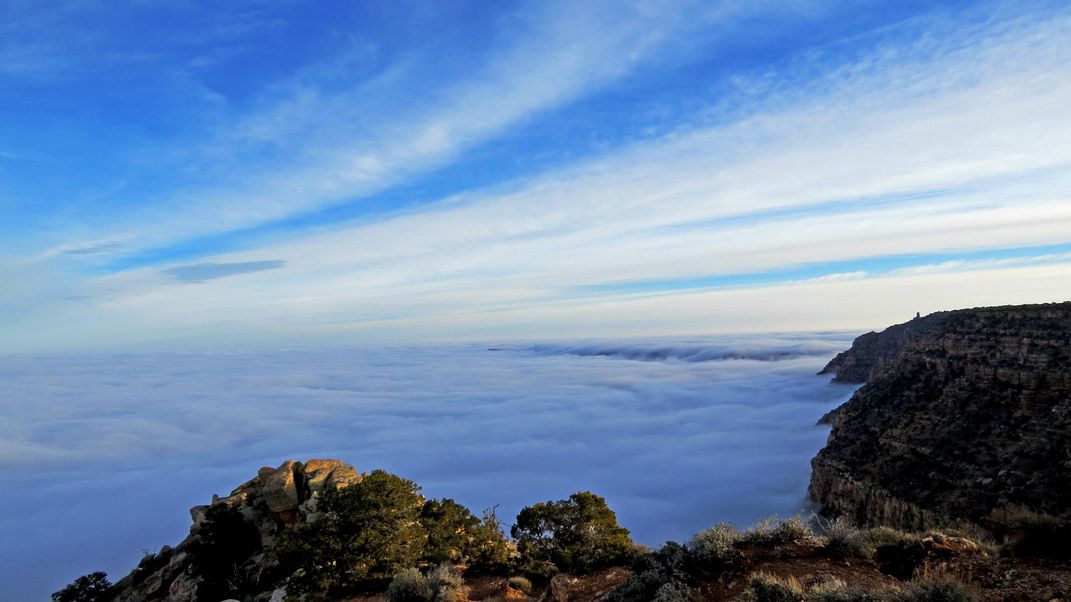
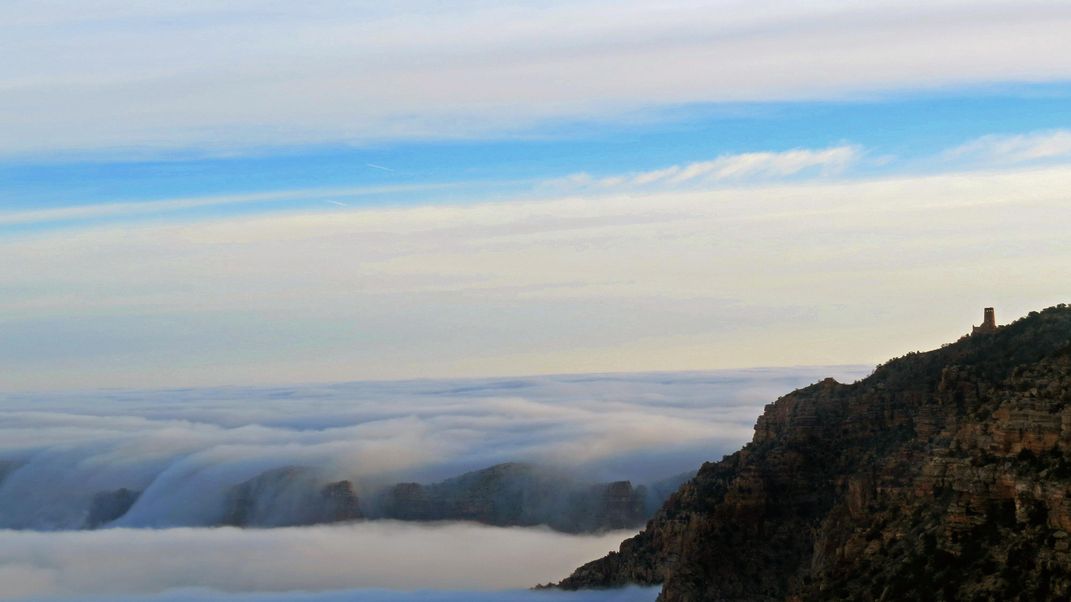
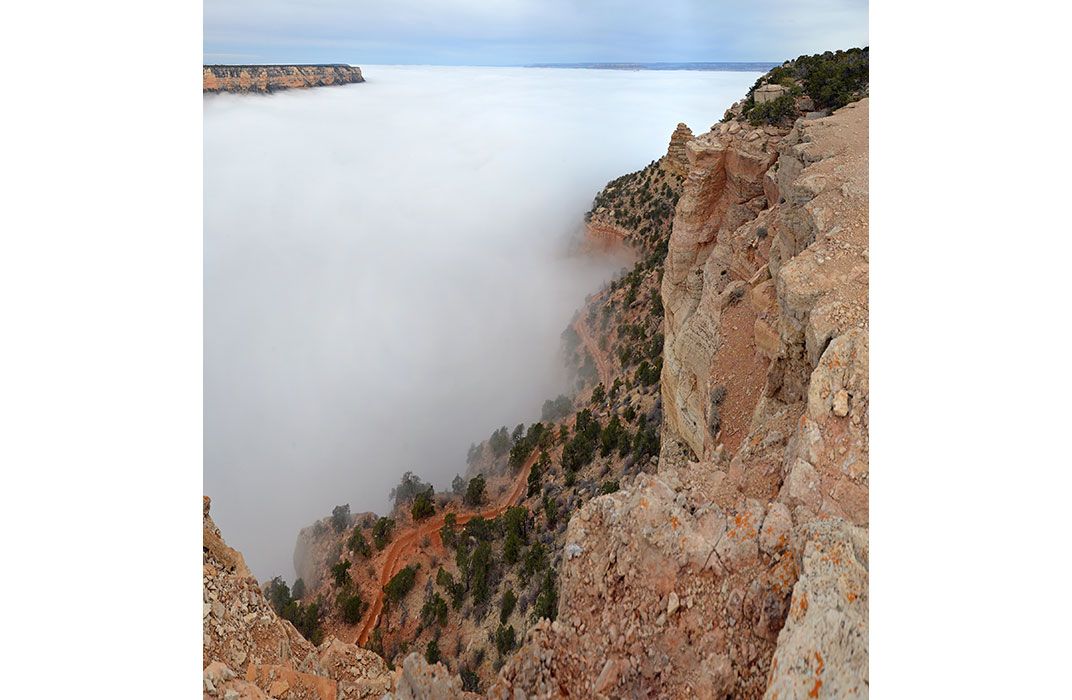
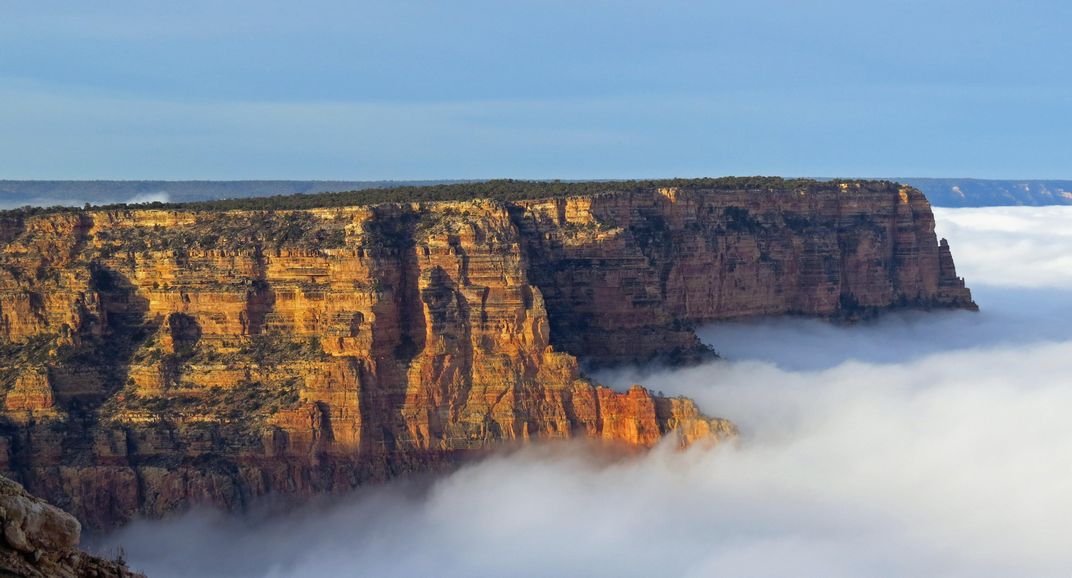
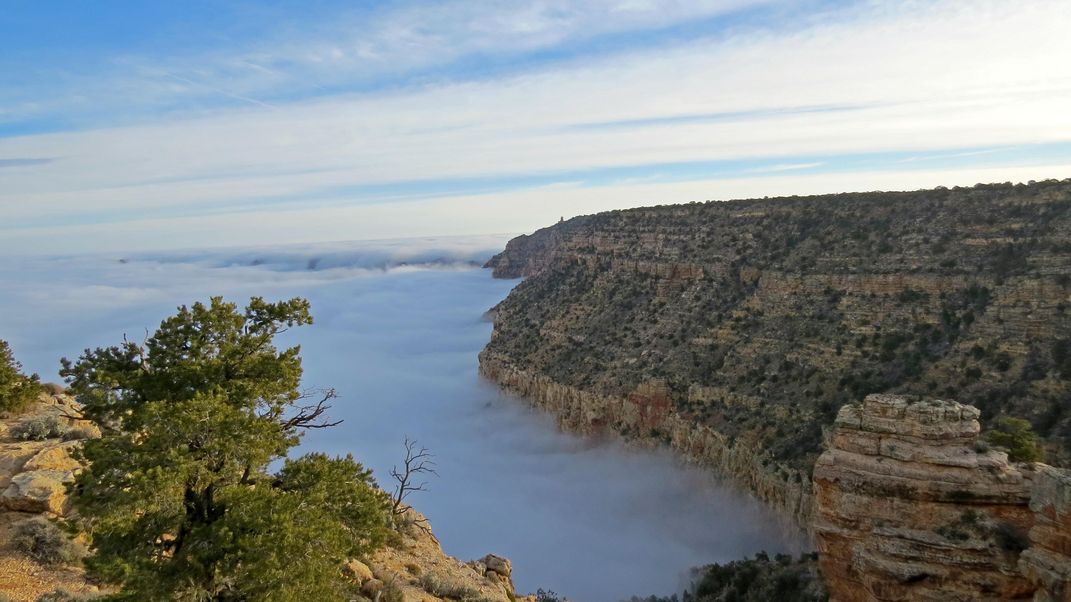
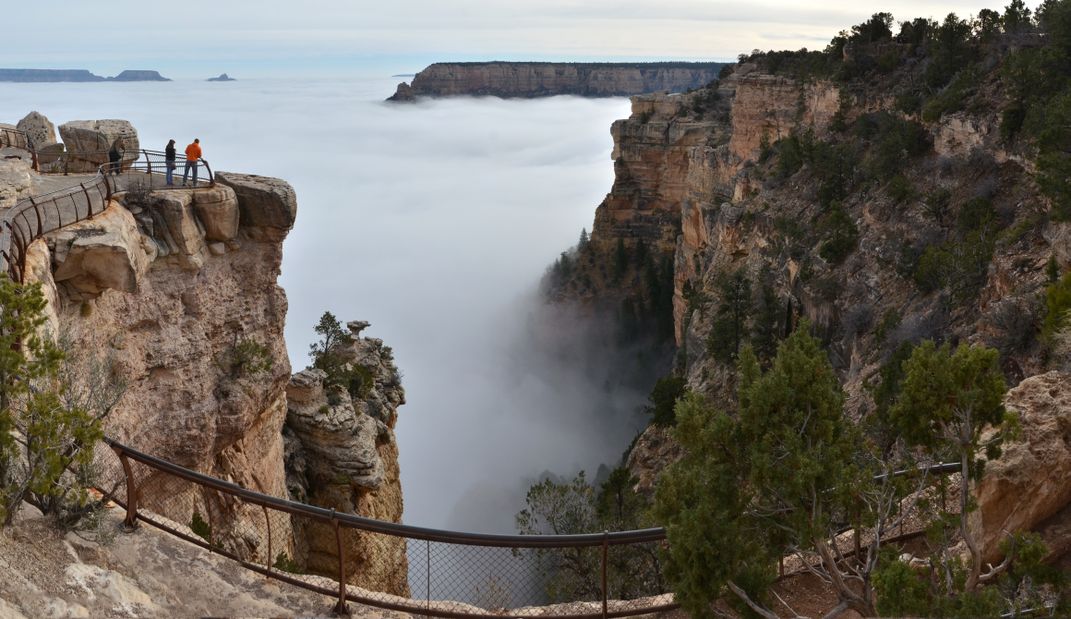
/https://tf-cmsv2-smithsonianmag-media.s3.amazonaws.com/accounts/headshot/natasha-geiling-240.jpg)